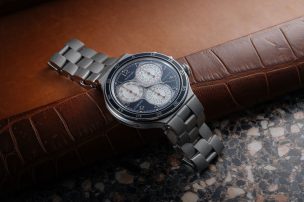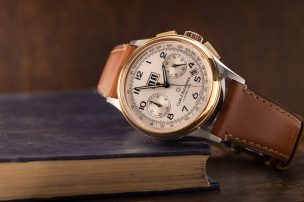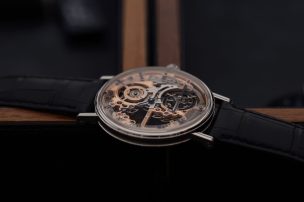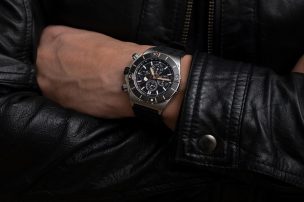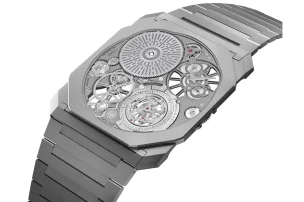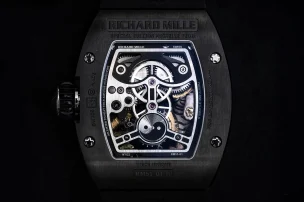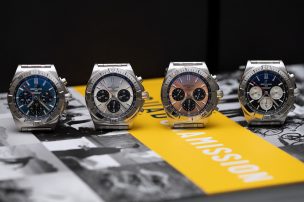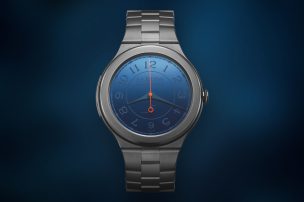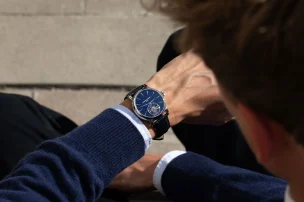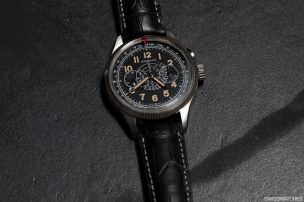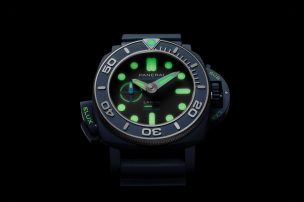
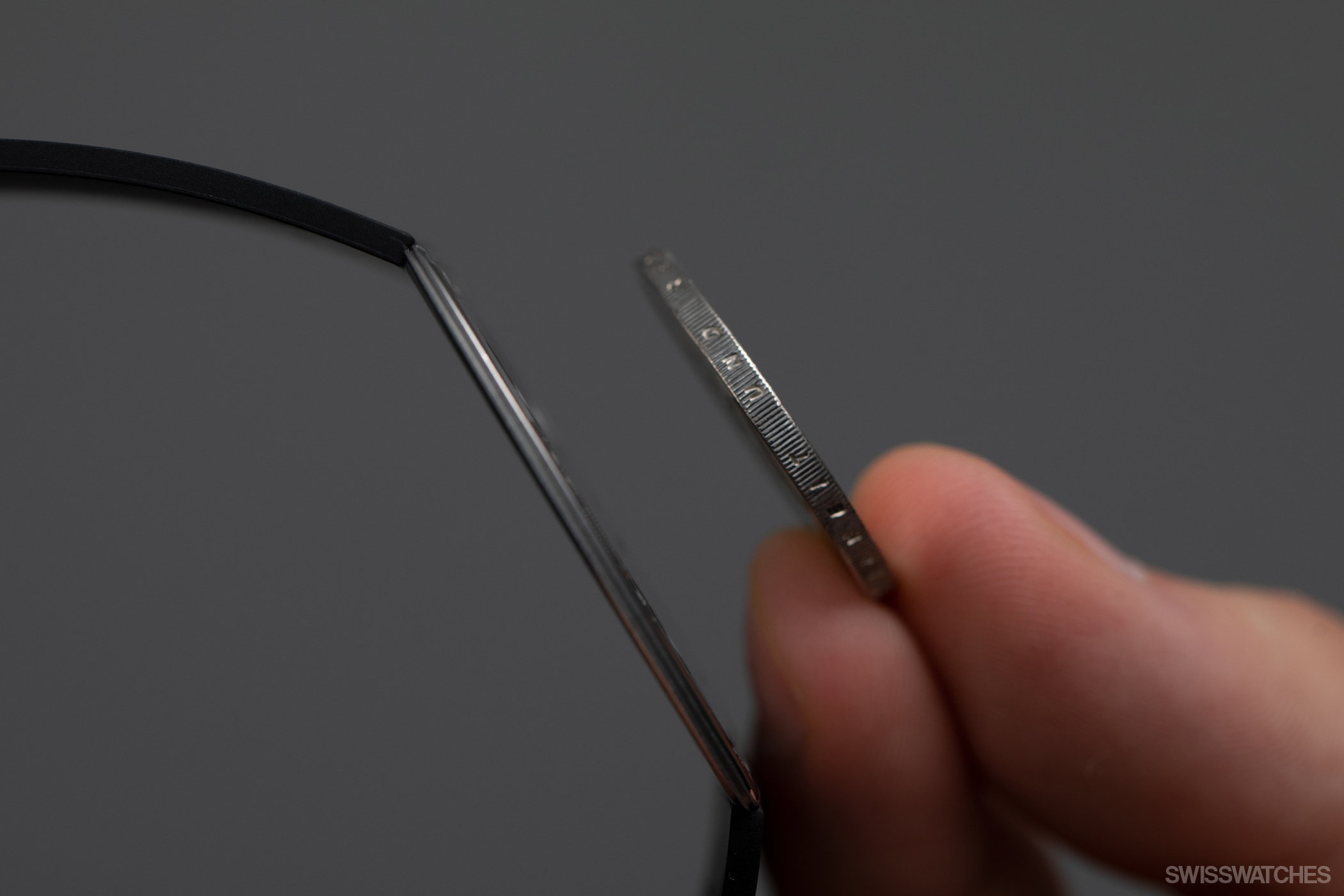
Thinnest Watches in the World: History & Importance
Building the thinnest watch in the world is undeniably one of the most competitive and impressive record chases in modern day horological engineering. Whilst many brands have produced thin watches, only a few brands have ever been truly in competition for the trophy – predominantly Bulgari, Richard Mille and Piaget. In this article, I will dive into the history of this trophy and outline the importance of it.
READING RECOMMENDATION
If you are interested in discovering
the top five thinnest watches in the world:
History of the thinnest watches in the world
Excluding pocket watches, the history of this new style from watchmakers began in the 1950’s, with the likes of Vacheron Constantin, Jaeger Le Coultre and Piaget. In 1952, Vacheron Constantin released the calibre 1001 which became the world’s thinnest wristwatch movement at only 2.94mm. Just three years later, calibre 1003 came out, which was even thinner and measured in at just 1.64mm. Quite impressive for nearly 75 years ago. This movement was used by Vacheron for a few ultra-sleek watches but also by Le Coultre, which collaborated with Vacheron to use it in number of its watches and those of other brands, such as Cartier.
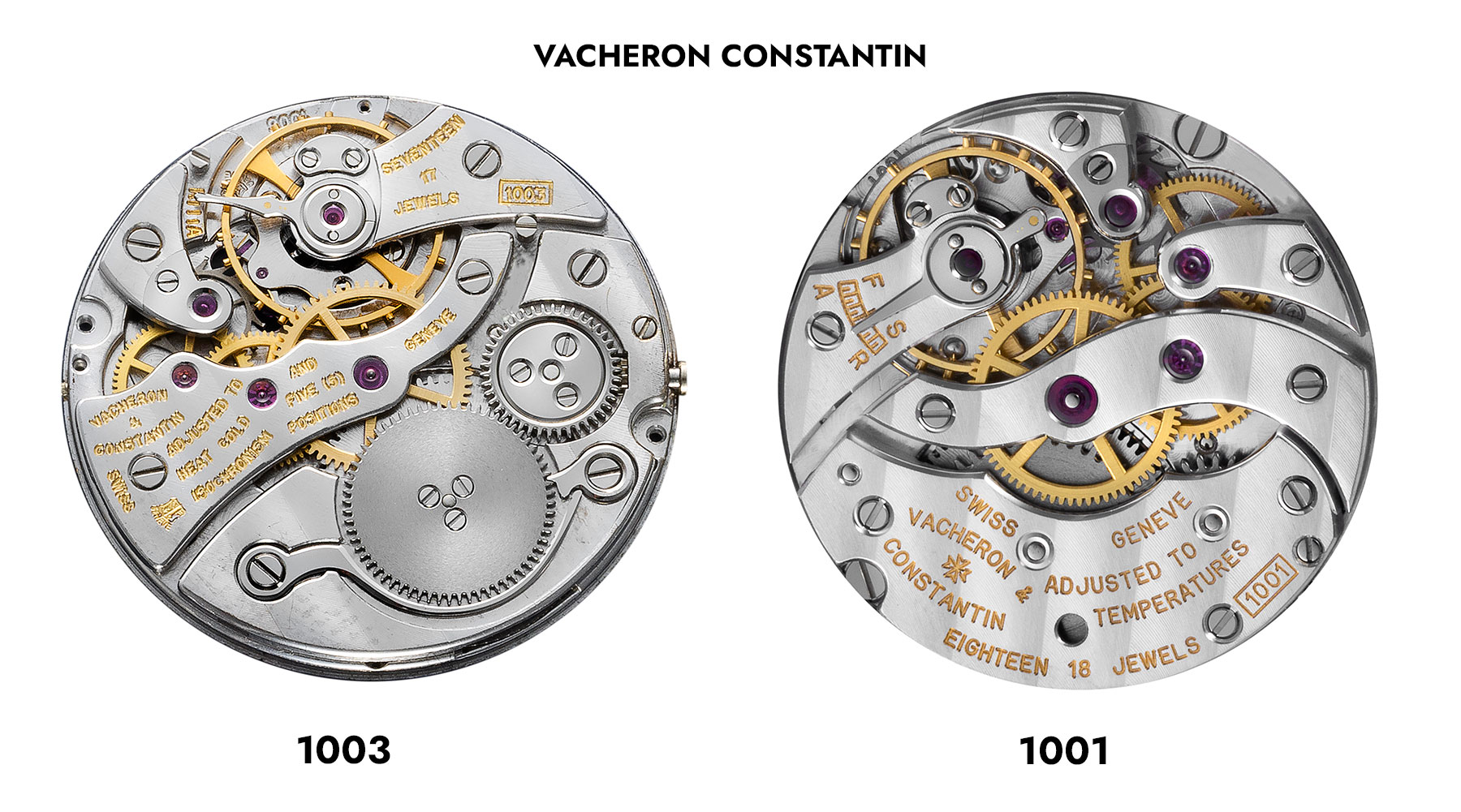
Piaget on the other hand, observing this new style as it unfolded, decided to row its own boat. In 1957, the brand released the 9P movement which despite the 4-year gap, was 2mm thin. Whilst it may not have stolen all the eyes from Vacheron and its significantly thinner 1003, it did provide the groundworks for what was to come with the Swiss brand. In 1960, just three years later, Piaget brought out the 12P, which at 2.3mm was the thinnest self-winding movement on earth. This on the other hand, was quite the achievement.
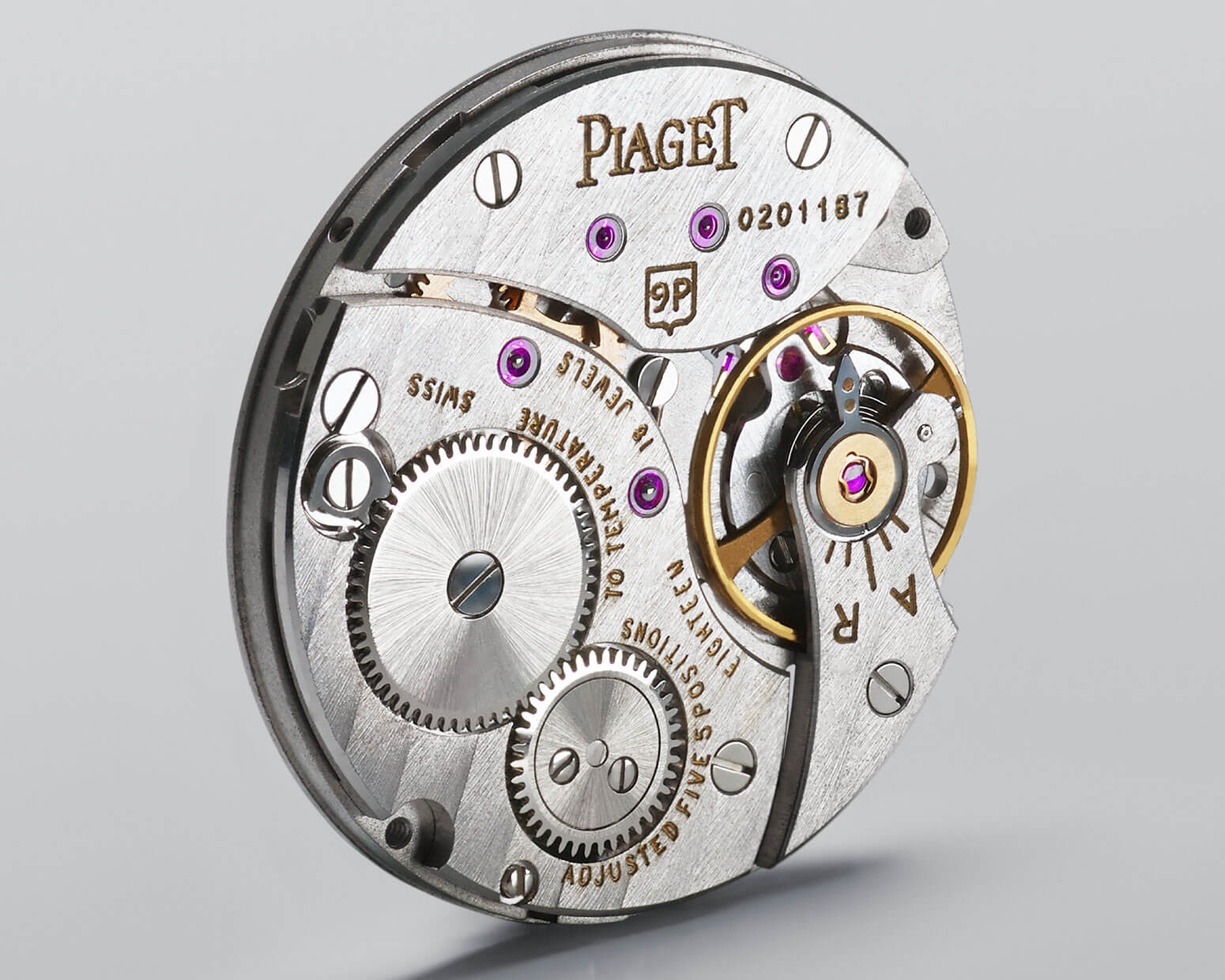
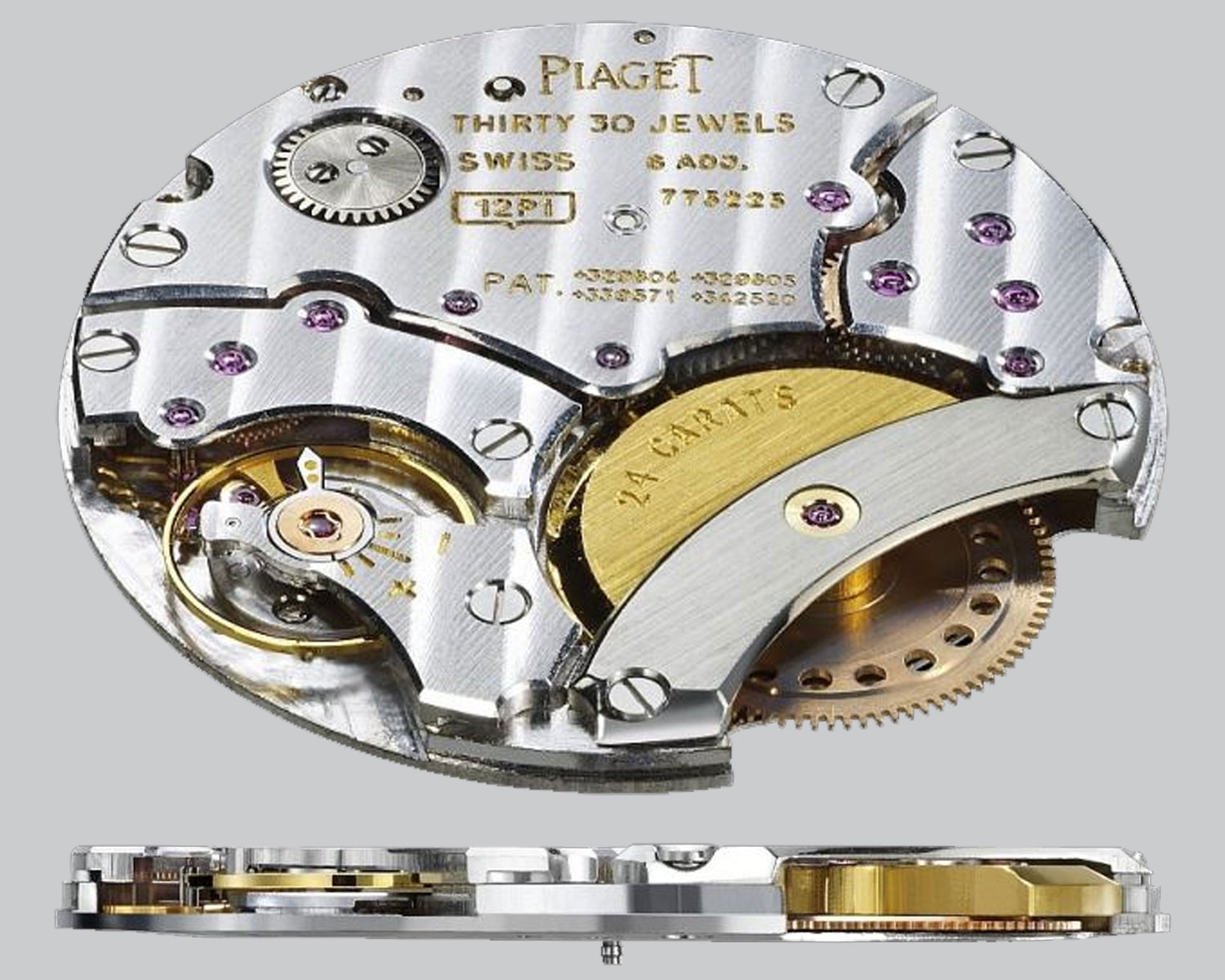
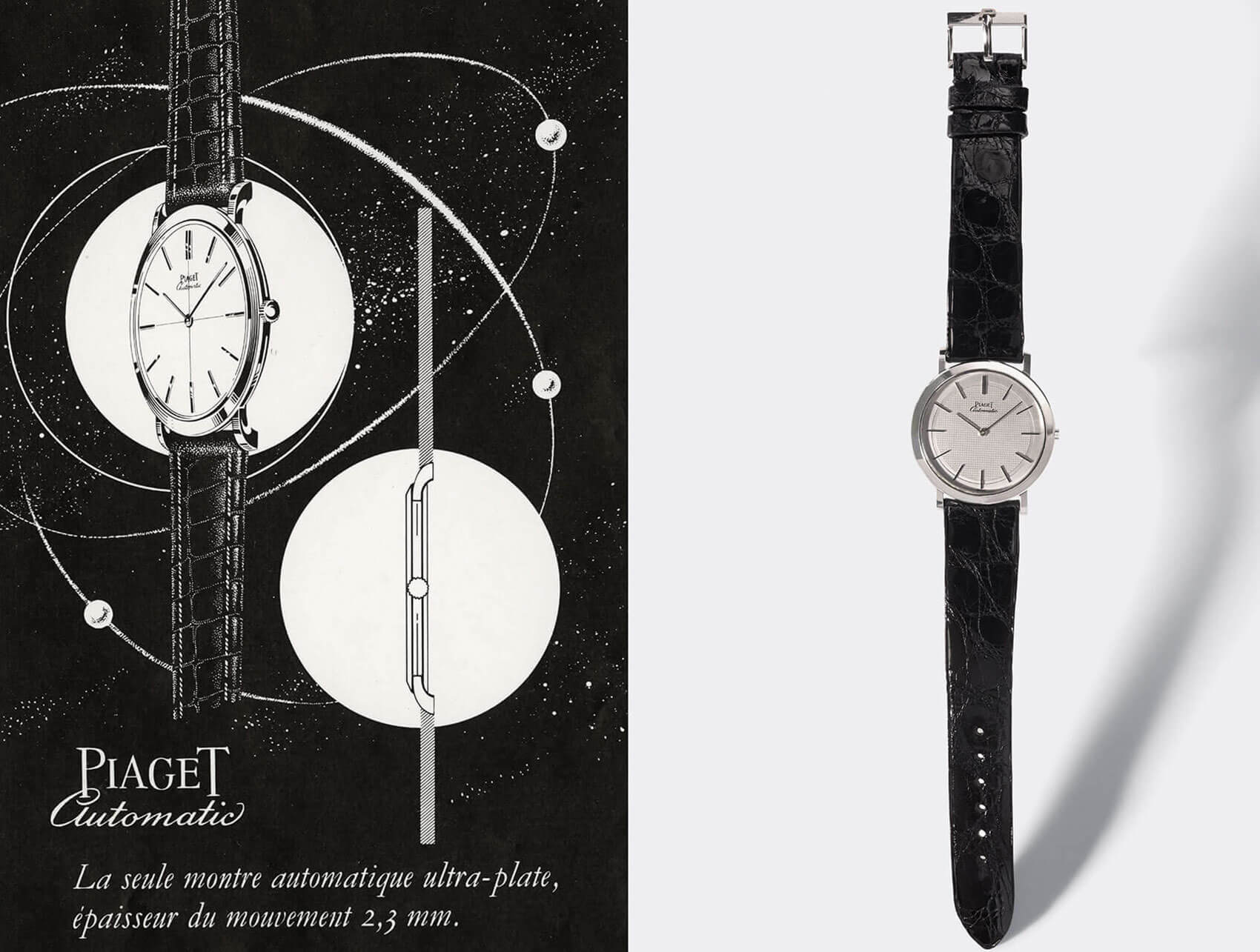
These special and revolutionary movements of the mid 20th century opened a whole new can of worms for the Swiss watch industry. They went on to inspire many other great creations, such as the extra-thin Jaeger Le Coultre 920, which powered the earliest examples of the Audemars Piguet Royal Oak, Patek Philippe Nautilus, and Vacheron Constantin 222.
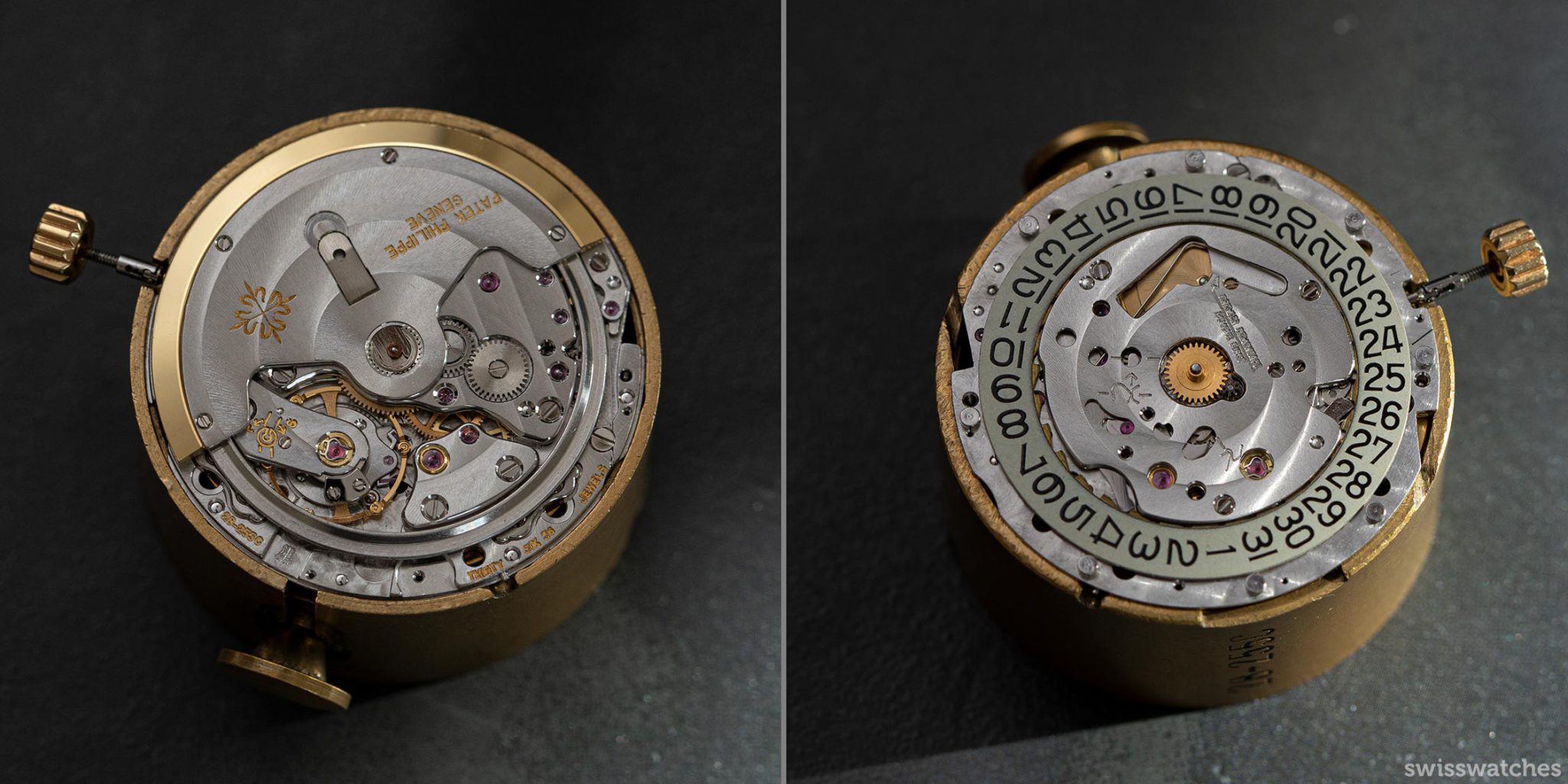
Patek Philippe Calibre 28-255C
Base: Jaeger-LeCoultre 920
Who builds the thinnest watches in the world?
Fast forward to contemporary times, and who builds the thinnest wristwatch today? You guessed it, none other than Bulgari, nowadays the most prolific of them all. Released at Watches and Wonders recently, the Bulgari Octo Finissimo Ultra Mark II, is the new worlds thinnest watch at a staggeringly thin 1.7mm. I mean that’s practically thinner than a credit card, which by the way you might want to check the limit on before you think about purchasing this wafer-thin watch (more on that in a second).
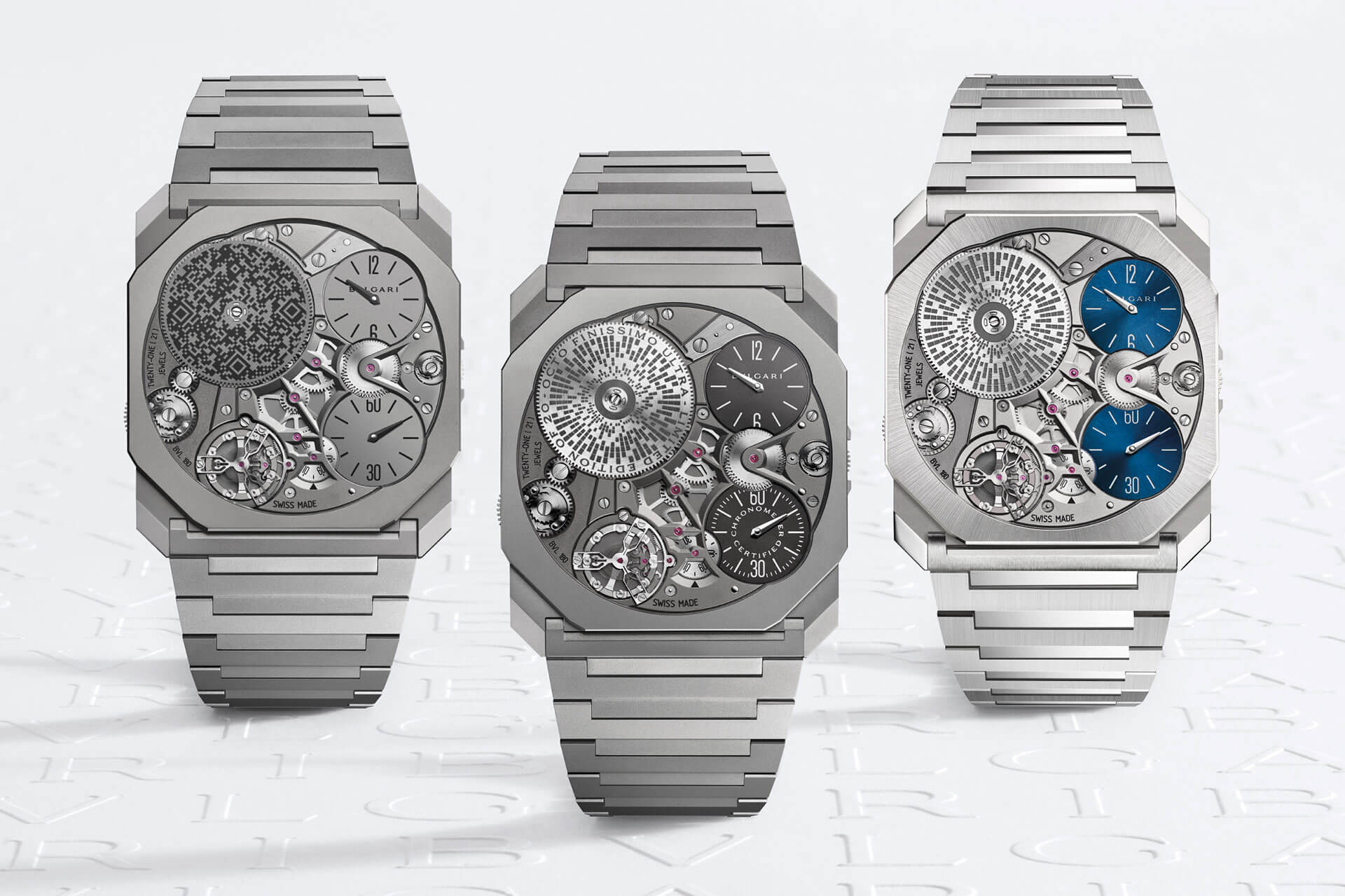
Whilst Bulgari are the current champions of this record, and have broken it with numerous watches, the previous holder was in fact none other than Richard Mille – Not exactly a brand one would associate with ultra-sleek timepieces. The RM UP-01 Ferrari was unveiled in mid 2022, overtaking the then thinnest watch, the Bulgari Octo Finissimo Ultra, which was only unveiled in March that year (much to Bulgari’s displeasure I’m sure).
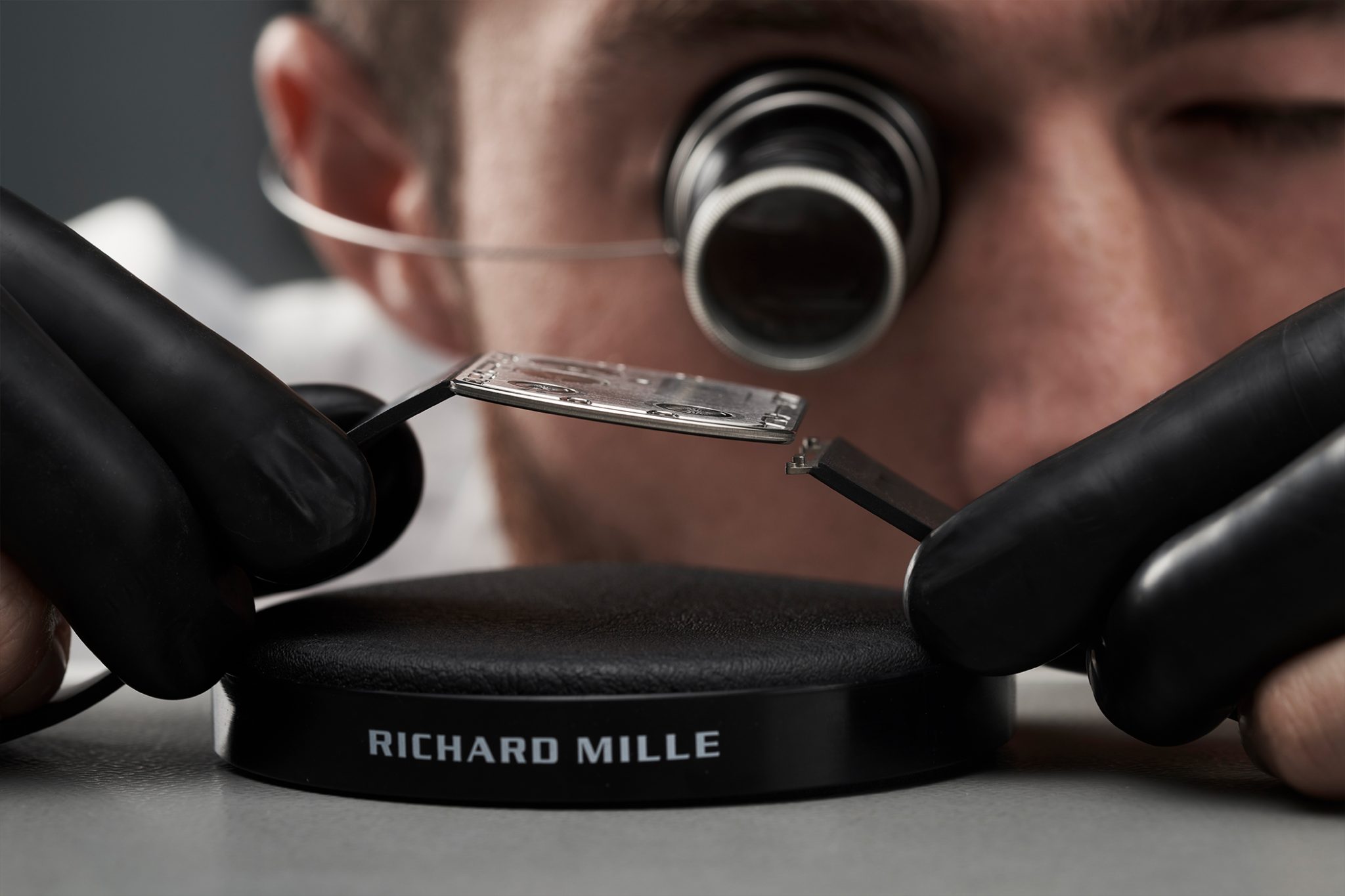
Contemporary day Piaget is continuing their ultra-thin legacy and remains just as relevant as the others. This April alongside Bulgari’s ventures, Piaget brought out the new Altiplano Ultimate Concept Tourbillon. At just 2mm, this bad boy is the world’s thinnest tourbillon watch.
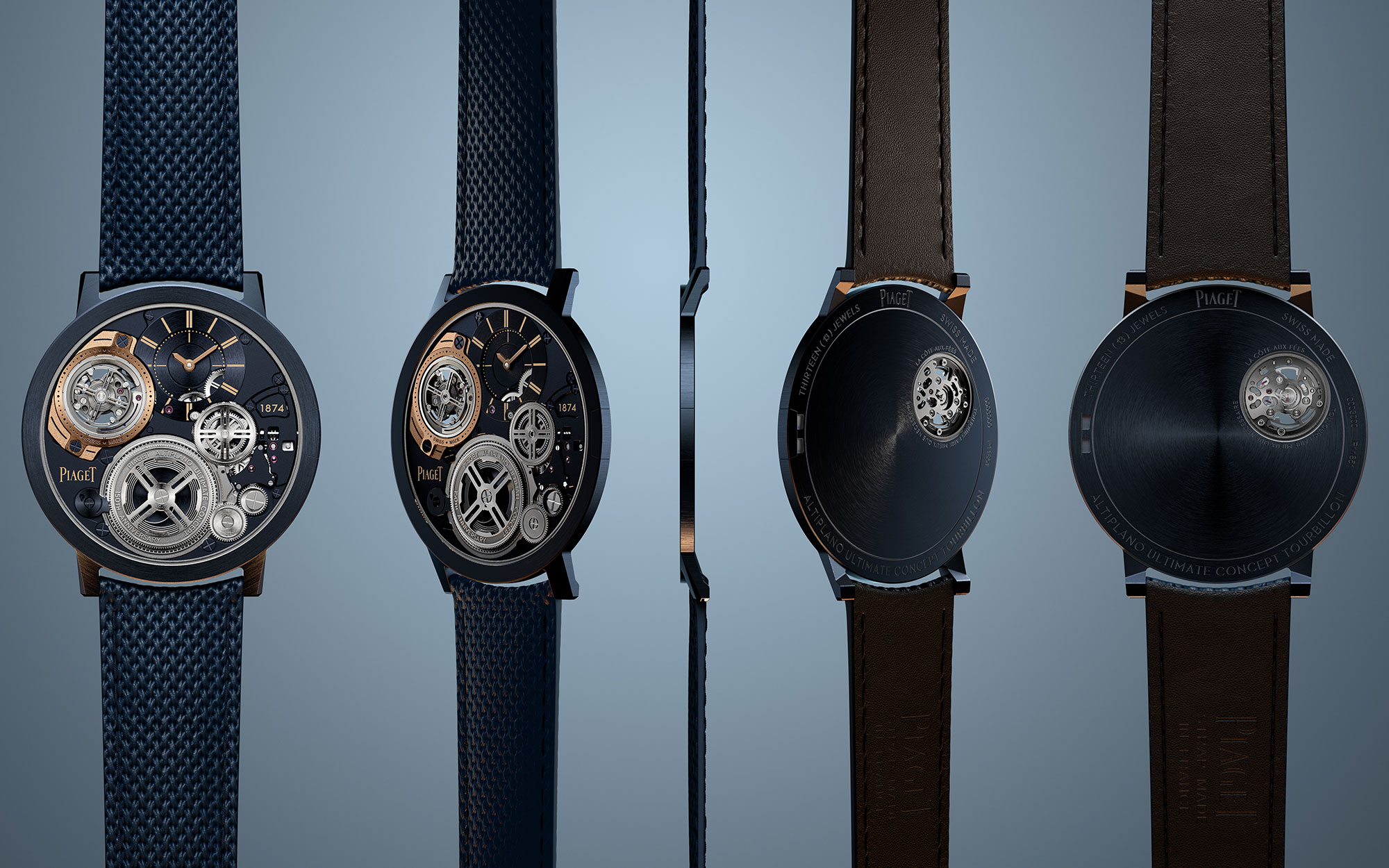
Closing thoughts
So, the ultra-thin race continues, getting more extreme year on year. It’s funny because I’m not sure just how many collectors would actually wear a watch so thin. I for one am quite happy with a nice lump on my left wrist, but that truly shows that these ultra-thin pieces are all about showcasing the impressive watchmaking skills of a brand, rather than satisfying a customer need.
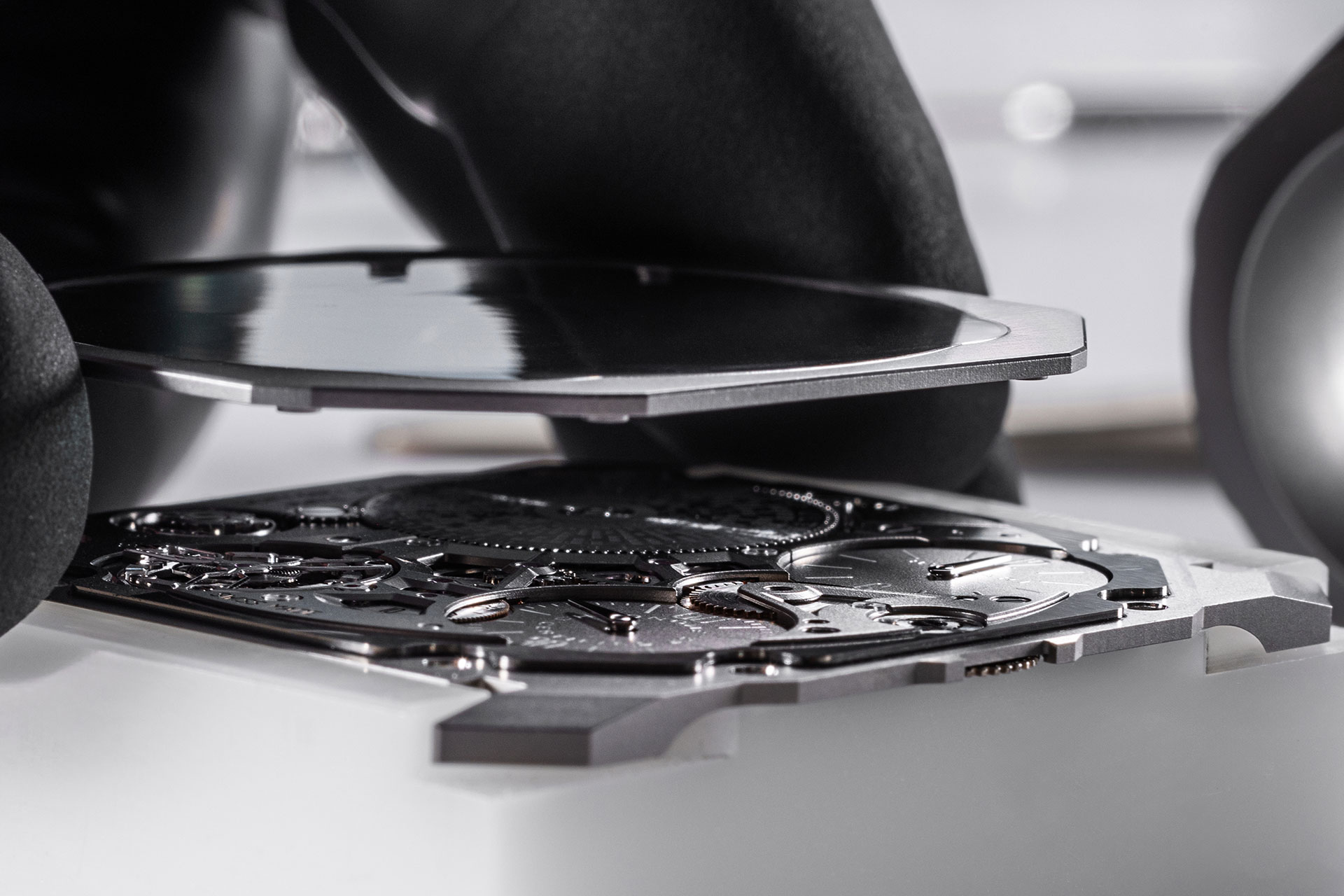
The prices are therefore high to claw back the R&D costs incurred before production. So, despite many of us not necessarily dreaming of owning an ultra-thin watch, there’s no doubt we all look forward to what records will be broken in the future, most probably by one of these manufactures. Until then, we have no choice but to settle for 1.7mm.
